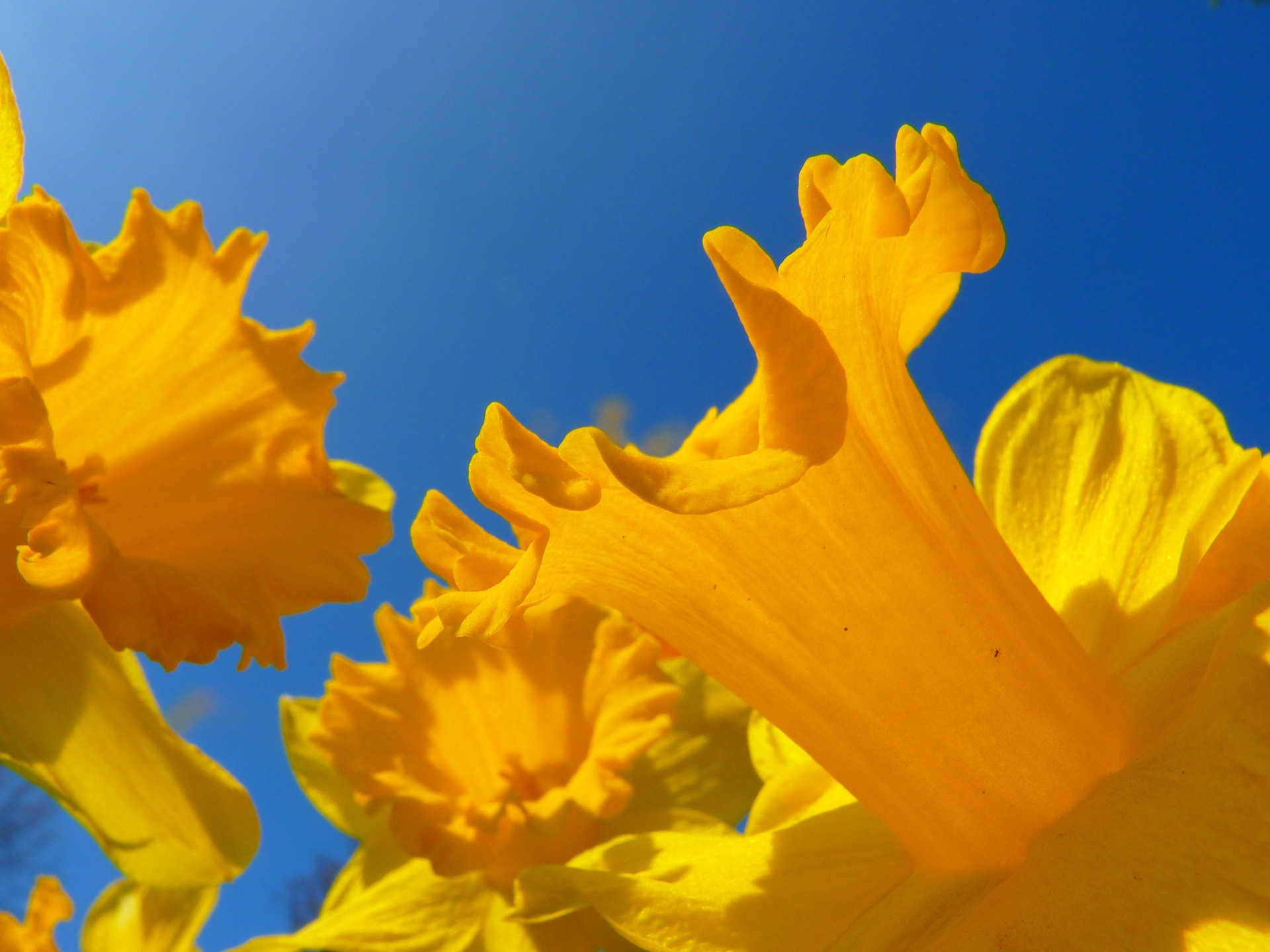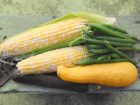By Emma O’Connell
Permaculture is an amazingly common sense approach to living as a part of your surroundings. Below is the first in a series outlining the core principles of Permaculture in relation to a specific element (different each week) with examples of how the element functions within the system.
First off what is Permaculture? In a few words it’s synergy. It’s a system for creating sustainability. All parts of the system are integrated and are ecologically and economically viable.
Outlined below is a short synopsis of each of the principles of Permaculture (defined by Mollison, 1991) followed by an example of how a particular element (this week—a favorite springtime flower—the Daffodil) fits into the whole.
1. Relative location: every element is placed in relationship to another so that they assist each other. Elements of a site include things like the house, herb garden, woodpile, barn, chicken coop, daffodils, etc.
Daffodils are lovely most anywhere. Plant Daffodils close to the house for spring viewing, make rings of them around trees or shrubs to deter burrowing animals (the bulbs and foliage are poisonous), and plant them densely along perennial edges to help prevent weeds and grass from creeping into beds (and give you easy access to springtime clipping).
2. Each element performs many functions.
Daffodils have several functions: they are a beautiful spring flower, deter moles and voles, attract beneficial insects, make a great cut flower, the foliage makes good mulch once it dies back, and the bulbs can easily be divided to give to others, sell, or spread around.
3. Each important function is supported by many elements.
One function that Daffodils serve is that they are an early spring flower that attracts beneficial insects. Here are a few other early flowers (elements) that also can serve that purpose (function): Crocus, Grape Hyacinth, Dandelion, Siberian Squill, and Snow drops.
4. Efficient energy planning for house and settlement (zones and sectors).
Daffodils can be planted throughout all your zones. They grow equally well in wooded areas, around fruit trees, in perennial beds, or tucked in herb gardens. If you are using them for cut flowers though, plant some close to your house so you can cut beautiful spring bouquets without having to venture out too far on rainy days.
5. Emphasis on the use of biological resources over fossil fuel resources
Daffodils are a carefree plant. You don’t have to do anything more than enjoy their beauty year after year.
6. Energy recycling on site (both fuel and human energy). Using design to ensure a complete energy cycle with both incoming natural energies and those generated on site.
The foliage that daffodils produce naturally yellows and fades by the beginning of summer. It creates (like most plants do) it’s own mulch.
7. Using and accelerating natural plant succession to establish favorable sites and soils.
Daffodils would be considered a plant with staying power in most succession plantings. Because they are one of the earliest plants to bloom every year, they don’t get shaded out by trees, and often thrive in wooded settings. They are also wonderful planted as a ring around the mature drip line of a tree. Not only do they help keep grasses from keeping in, they also help protect against burrowing animals and use little water during the summer months (more for the tree).
8. Polyculture and diversity of beneficial species for a productive, interactive system.
There are a lot of beautiful daffodils out there (something like 25,000 different ones—including hybrids), and, according to the American Daffodil Society, between 40 and 200 different daffodil species, subspecies or varieties of species. The ADS recommends the following varieties for naturalization: Ice Follies, Tête-à-Tête, Flower Record, Delibes, Unsurpassable, Barrett Browning, Scarlet Gem, Geranium, Cheerfulness, Peeping Tom, Mount Hood, Spellbinder, Carlton, and Viking.
9. Use of edge (where boundaries meet) and natural patterns for best effect.
Daffodils are a great addition to an edge. Use them around orchard and tree plantings at the boundaries of mature drip lines, where they will also help to deter rodents and protect the surface roots of the trees. The do well and are beautiful planted in drifts.
Look for people practicing Permaculture in your area as well as people selling Daffodil bulbs or cut flowers on Pick-A-Pepper.com!
References:
Mollison, Bill. Introduction to Permaculture. Tasmania, Australia: Tagari Publications, 1991.
Individ-ewe-al/ “Springtime Garden” April 5, 2010. Online Image. Flickr Image <http://www.flickr.com/photos/individ-ewe-al/4548573379/>
Similar Stories:
- The Principles of Permaculture: A Series of Examples–This Week, Alpacas!
- Pruning Trees and Shrubs
- Federally Funded Grants for US Farmers
- Book Review: The End Of Food by Paul Roberts
- 20 Perennial Crops to Plant Now and Enjoy For A Lifetime.




